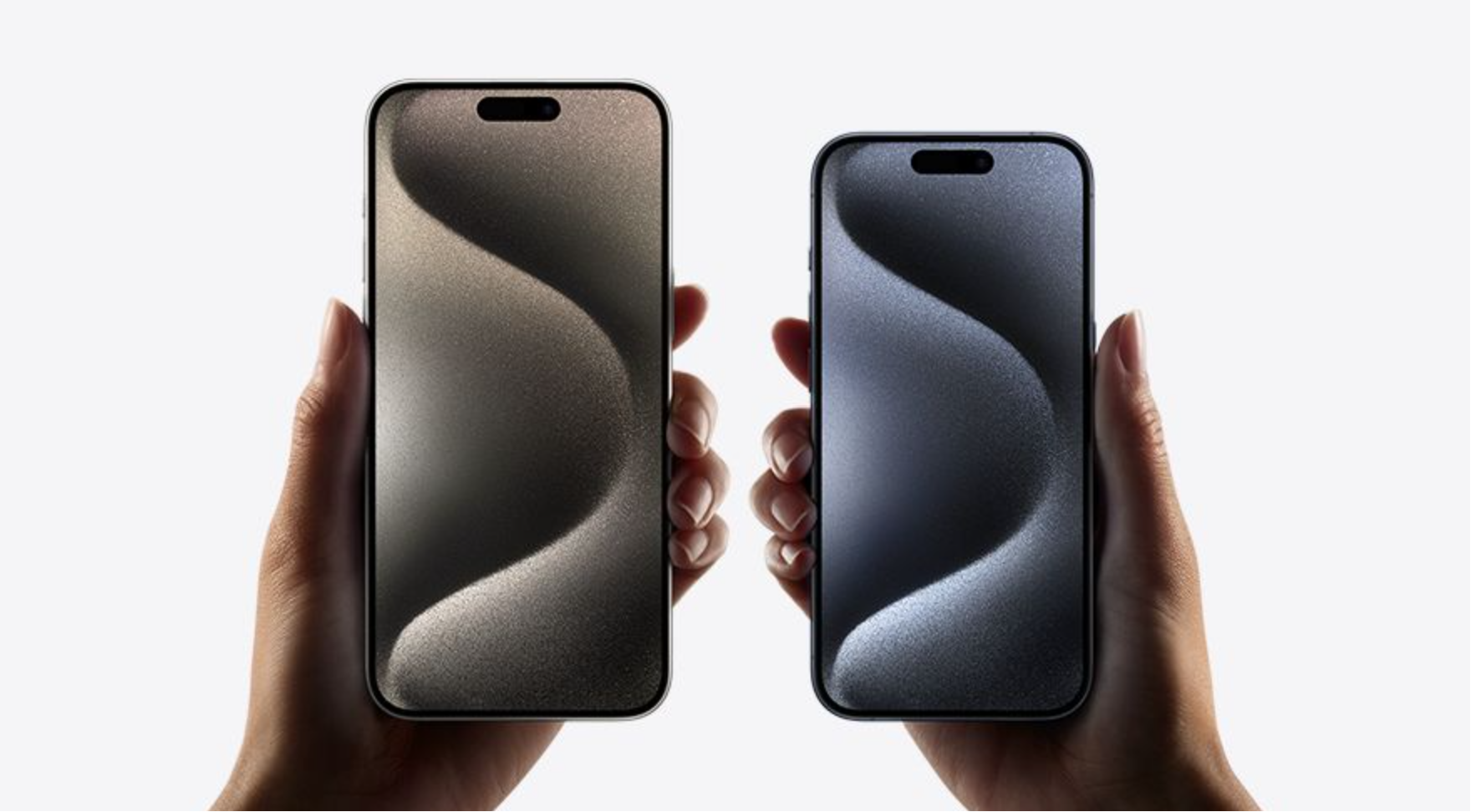While some products have enjoyed great success in the market, others have been described, even by the company itself, as a dismal failure. If you want to know what Microsoft’s worst failures were, we invite you to continue reading.
Microsoft’s failures in software
In addition to operating systems and applications, Microsoft tested a large number of programs and functions that did not have the success the company expected.
Cortana
Microsoft’s virtual assistant Cortana hit the market with Windows 10, an assistant every bit as useless as Siri and Google Assistant have always been, but Microsoft, unlike Apple and Google, has decided to remove it from Windows and to work on its improvement and implementation. with Office applications, although with the launch of Copilot Office it is unlikely that Cortana will be able to hit the market, at least in the short term.
Windows Mobile
Windows Mobile is Microsoft’s operating system for the Lumia range. This operating system was very easy to use and offered seamless integration with Windows for PC. However, when in 2019 it was decided to end the Lumia line, Windows Mobile also ended up being relegated to Microsoft’s drawer of failures, although, like Cortana, we cannot really consider them that way .
Clippy
Clippy was the virtual assistant launched by Microsoft with the launch of Office 97 and which was retired in the next generation of Office. Clippy was a pincer doll whose mission was to help us solve all the questions in Office, however, he was more of a nuisance than a help, so Microsoft decided to put him in the memory vault.
Windows Vista
Windows Vista is considered by many to be Microsoft’s worst operating system, ahead of Windows 8. The number of resources this operating system required was so high that there was no way to make it run properly on any computer. Indeed, it included many graphic options, mainly transparencies, as well as animations which loaded the graphic aspect. Its market share was so low that it took Microsoft only two years to replace it with Windows 7.
Windows 8
The main problem with Windows 8 was the design. With the launch of Windows 8, Microsoft suddenly eliminated the Start menu that had been with us since the first versions of Windows. The scandal that generated such a decision forced the company to launch the Windows 8.1 version which returned the Start menu to Windows, but the damage was already done and most users remained on Windows 7 until the launch of Windows 10 .
Microsoft hardware failures
In addition to operating systems, Microsoft has also looked into the hardware section with varying degrees of success.
Smartwatches MSN Direct
In 2003, Microsoft partnered with Swatch and launched the first smartwatch on the market, before smartphones. It was a watch well ahead of its time that allowed you to receive notifications of weather, sports scores, news and much more via radio waves and was subscription-only. The need for a subscription and setting up the necessary infrastructure were some of the obstacles to the success of this watch in the market, a device that was only launched in the United States and Canada.
MicrosoftZune
When Apple’s iPod had been on the market for several years, Microsoft thought it would be a good idea to release an alternative called Zune. Zune was a music player very similar to the iPod available in different storage versions incorporating a screen. A year later, the iPhone was introduced, which was nothing more than an iPod with a phone. Despite the idea’s limited success, Microsoft kept it on the market until 2011.
Microsoft Kins
After the launch of the Zune and its cannibalization by the iPhone, in 2010, Microsoft launched the Kin, a smartphone which did not leave the United States and which incorporated a physical keyboard (like the BlackBerry) and which remained very short time on the market. . , because from the start it received a very cold reception from the press and users.
Microsoft Tape
Another commercial failure of Microsoft was the Microsoft Band, a quantifier bracelet similar to the current Mi Band that hit the market in 2014, when smartwatch fever was starting to take off, first at Pebble and later at Fitbit. This bracelet was responsible for monitoring physical activity in addition to displaying notifications, emails, calendar and much more. Once again, Microsoft was late to the market.
Microsoft Lumia
Under the leadership of Steve Ballmer, Microsoft bought Nokia’s mobile division and launched the Microsoft Lumia, a smartphone running Windows Mobile, a very easy-to-use operating system that integrates perfectly with Windows 8. However, once again Plus, it also came late, as iOS and Android had become the dominant options in the market. A year after becoming CEO of Microsoft, Satya Nadella decided to abandon the project, a decision he regretted years later.
Table of Contents


















